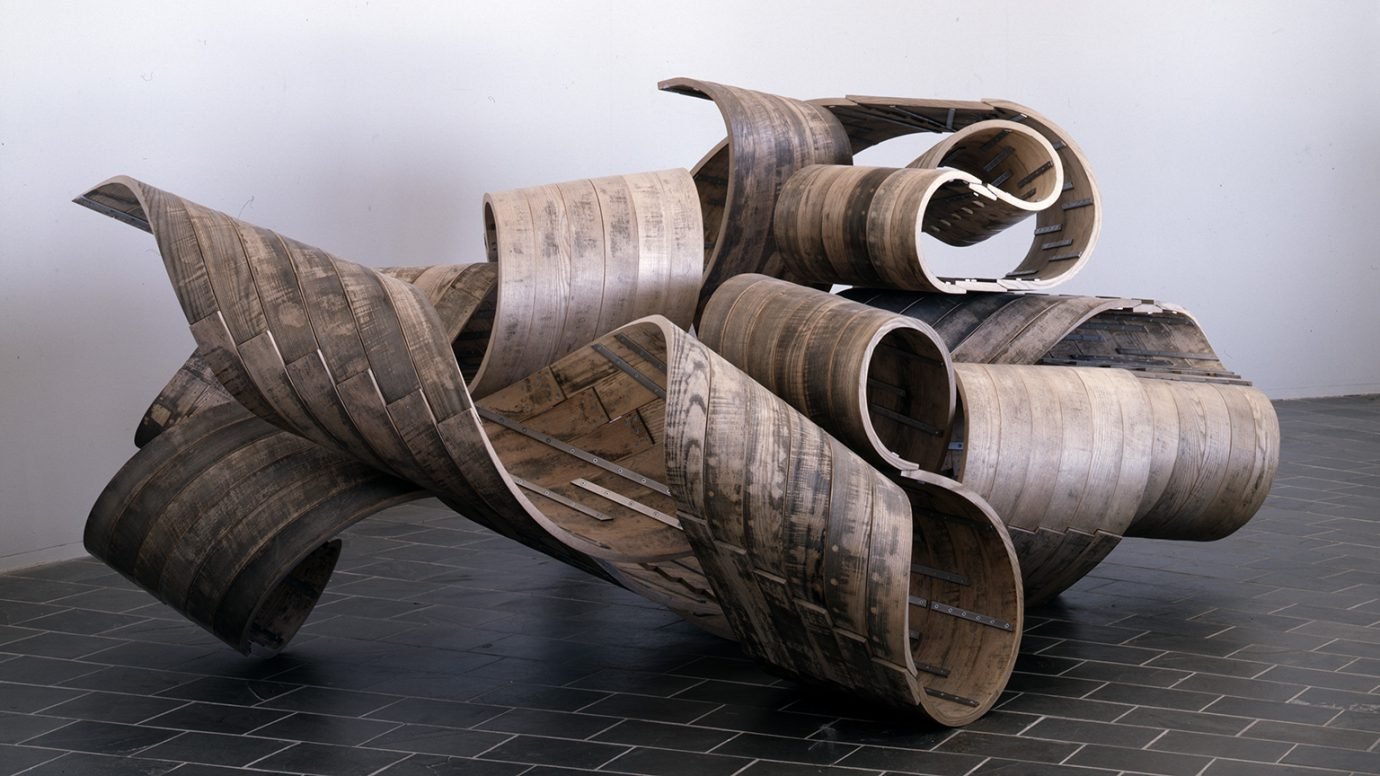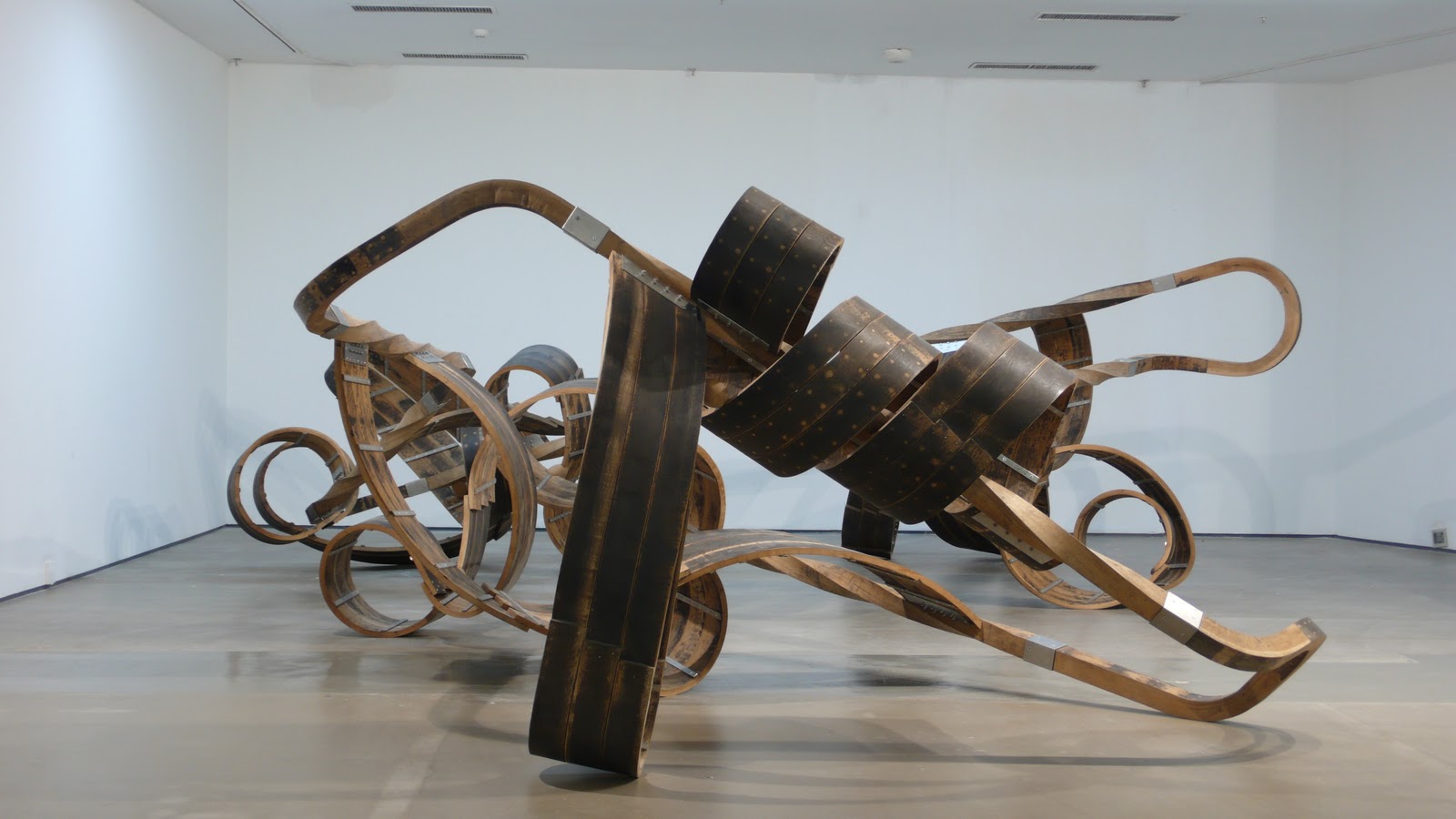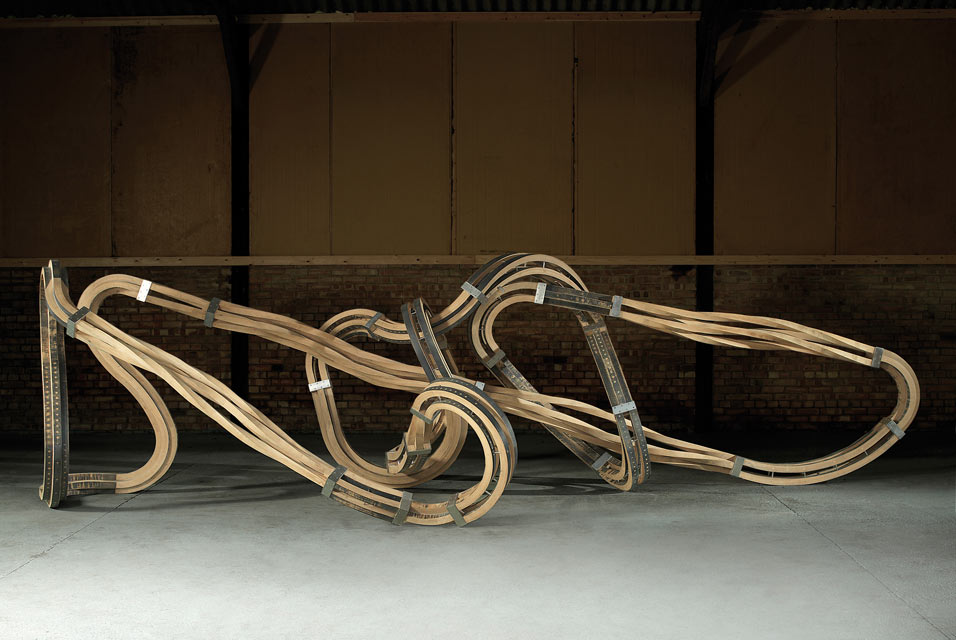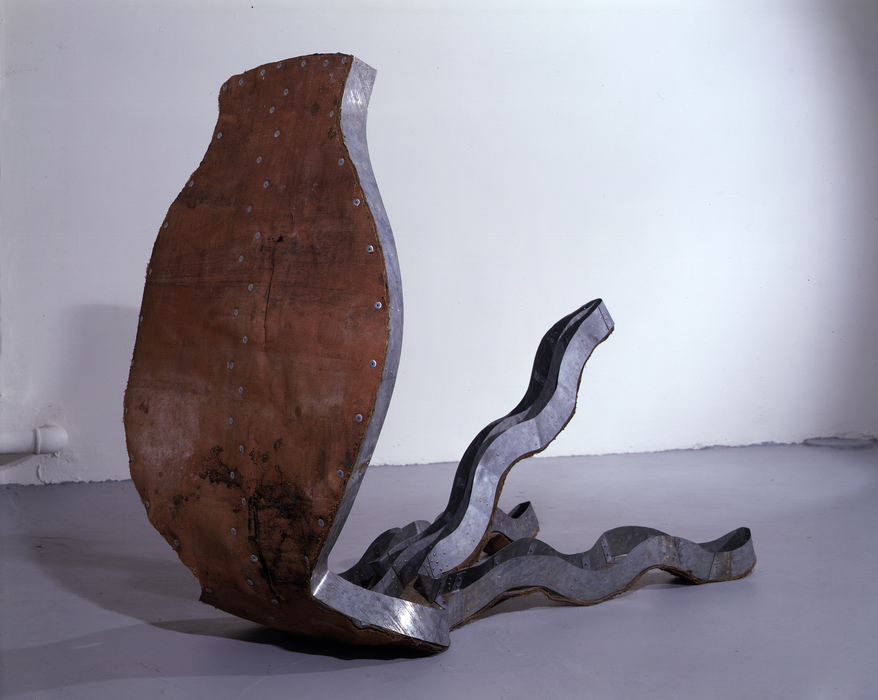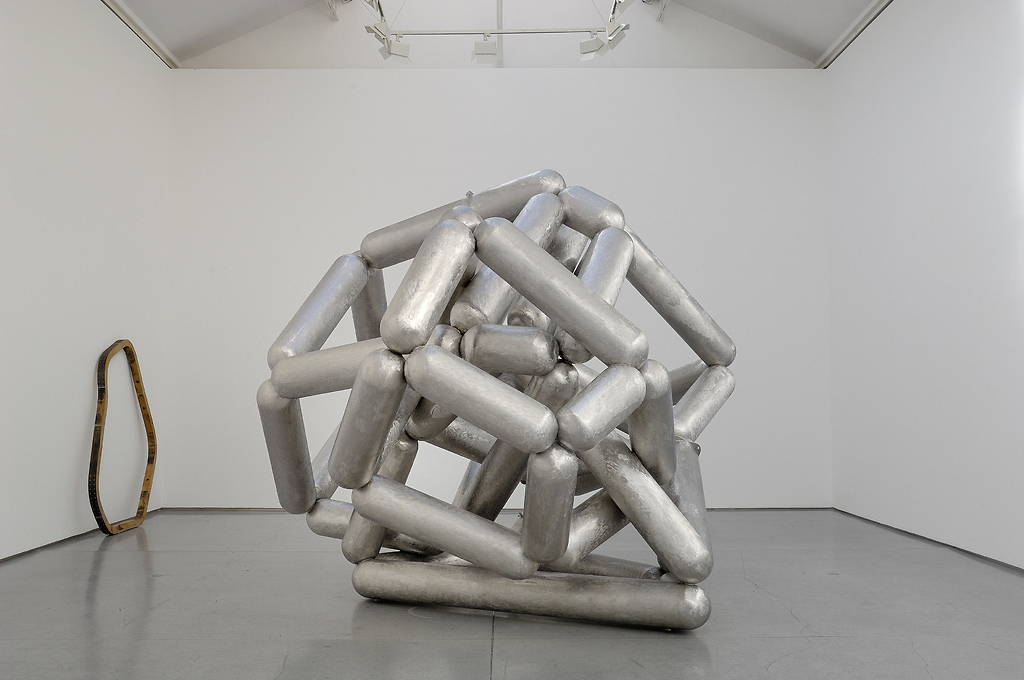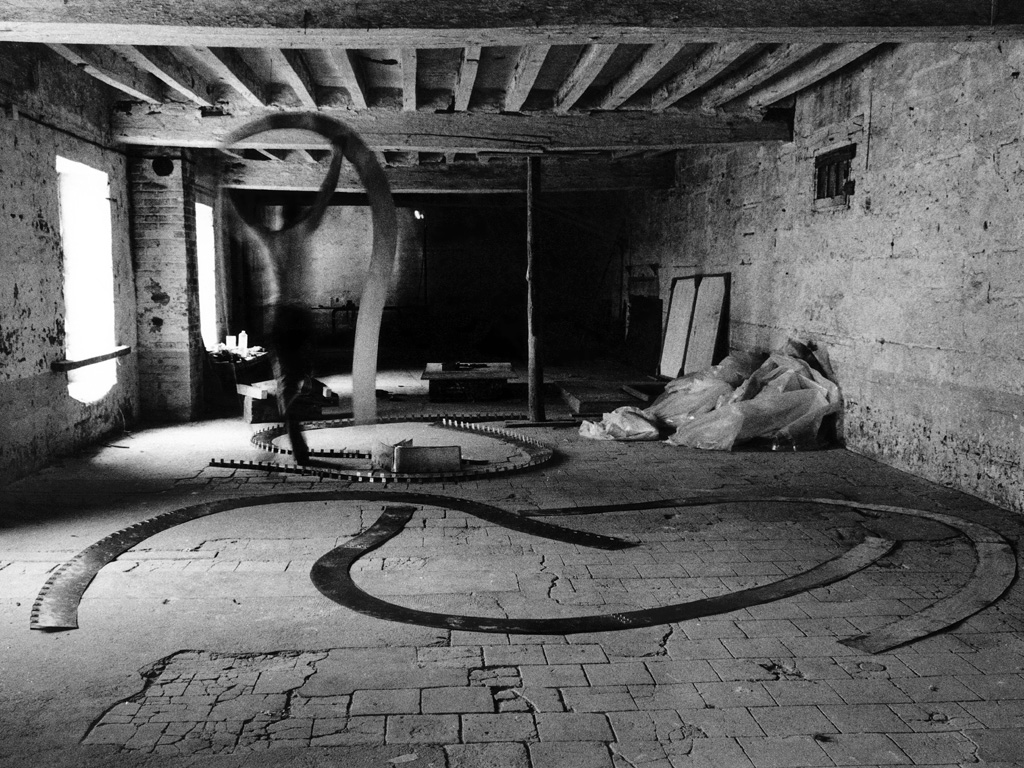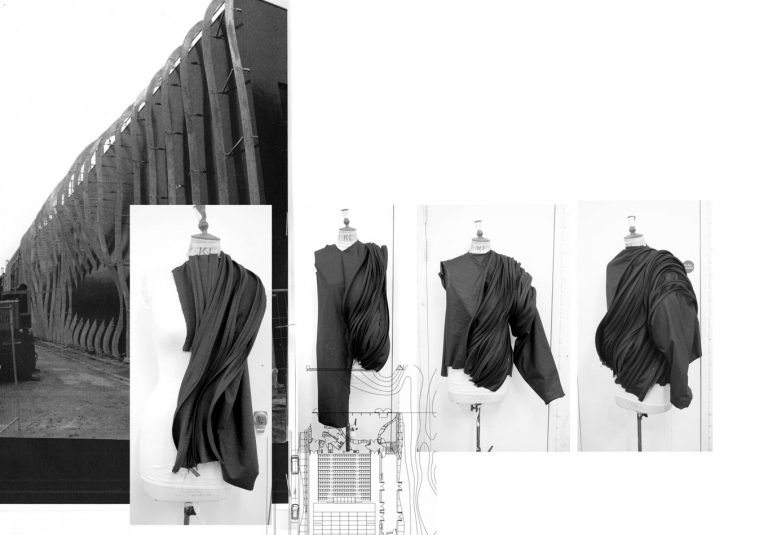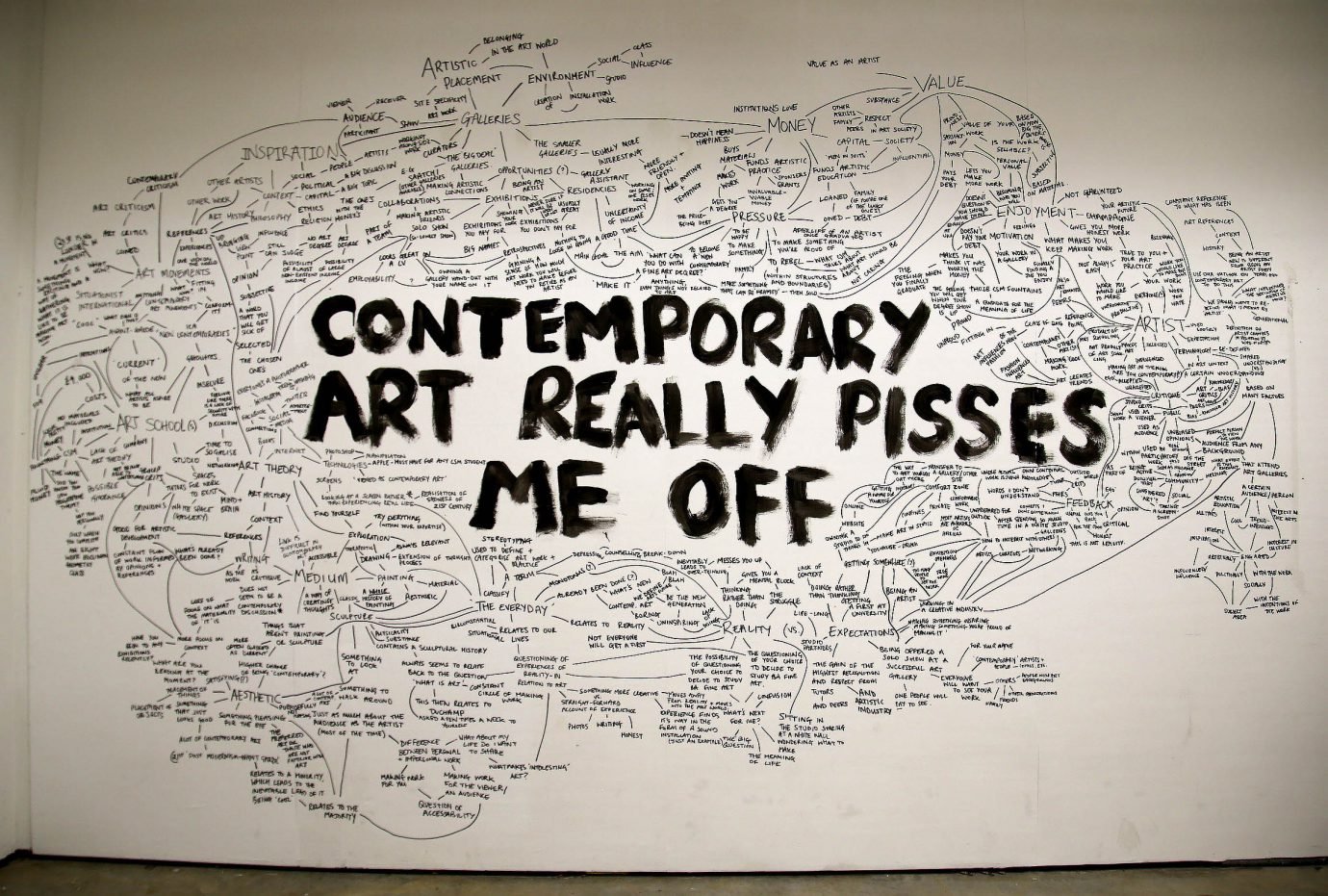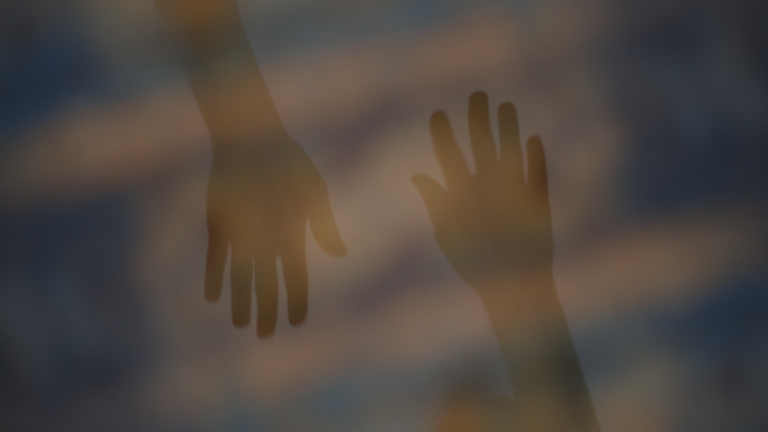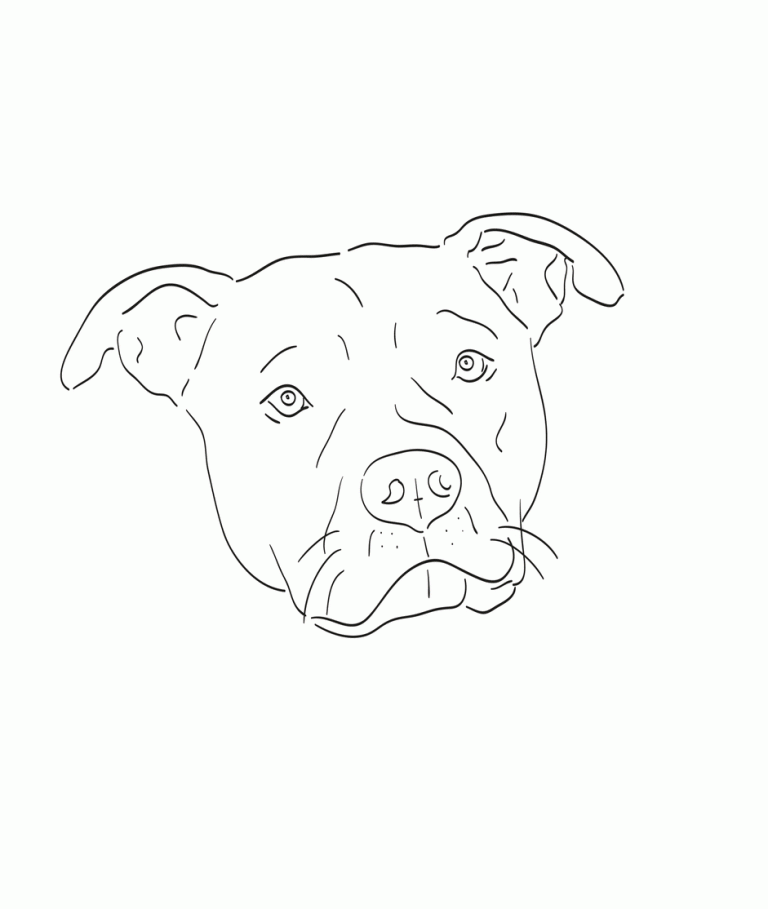“I’VE ALWAYS THOUGHT DISCOURSE, AS WELL AS EXHIBITION-MAKING, WAS AS MUCH A PART OF THE ART-MAKING PROCESS AS SITTING IN THE STUDIO MAKING SOMETHING. IN ORDER FOR A WORK TO HAVE MEANING, IT HAS TO BE FOR AN AUDIENCE, FOR A COMMUNITY TO WHICH IT BELONGS.”
Another crucial element of your practice is your engagement with language, particularly within titles.
Titles are like names, and if you get it right, it fits the work. Language is a part of the way you apprehend reality, a material in a similar way to wood or steel. There isn’t a perceptual distinction between what you see and what you call it.
The name of a thing brings your perception into focus in a very particular way, especially when you consider ambiguous things. If something is moving by the side of the road, looking like an animal, the moment you say “Oh, it’s a plastic bag” changes the physical sense of what it is that you are seeing. Those situations seem indicative of the way thinking and perceptual processes are mediated through language.
But naming also has to do with giving false clues, making the obvious seem less so. You don’t have to be telling the truth. And then I use words like “we” and “us” quite often, to indicate a commonality; a community.
The last show I did at Lisson was called Association, and all of the works had titles that referred to different kinds of structures: a congregation; a republic; an alphabet, which is a linguistic structure; a fold, which is a structure for keeping animals. Social structures and physical structures have some sort of connection. I’ve always thought discourse, as well as exhibition-making, was as much a part of the art-making process as sitting in the studio making something. In order for a work to have meaning, it has to be for an audience, for a community to which it belongs. Otherwise, it’s a meaningless activity.
You’ve referenced Judd as a strong inspiration – isn’t the way you use language very alien to his work?
If you look at Judd’s work, particularly the early paintings and the way they transformed into the later works, they are very clearly about something: a situation that exists. Judd’s work is mostly about spaces between things, rather than things in themselves, so he’s not a constructivist. When he talked about counting, it was because counting was real, not because it was a generative system. There was a fantastic Judd show in Bielefeld some years ago, which put a whole group of early paintings with the later works and it was the first time that I understood the strength of the relationship between the space between things and the ability to make sense of space.
In the past, I thought that there was something about ratio or numbers or proportion that created the work, but actually that wasn’t where it started. Judd starts — and that makes it really fantastic work I think — from the core of a perceived experience. It is not representational: it is a specific place, but it is not a represented place.
In Specific Objects, I think he means that the relationship of the specific object to the world is not a represented relationship, but that it is an actualised relationship.

